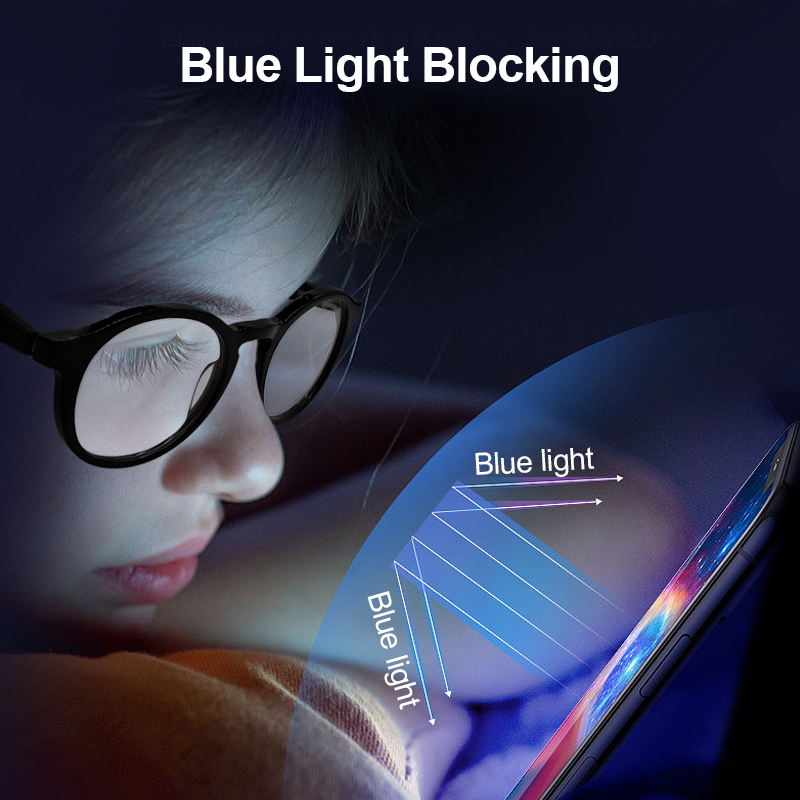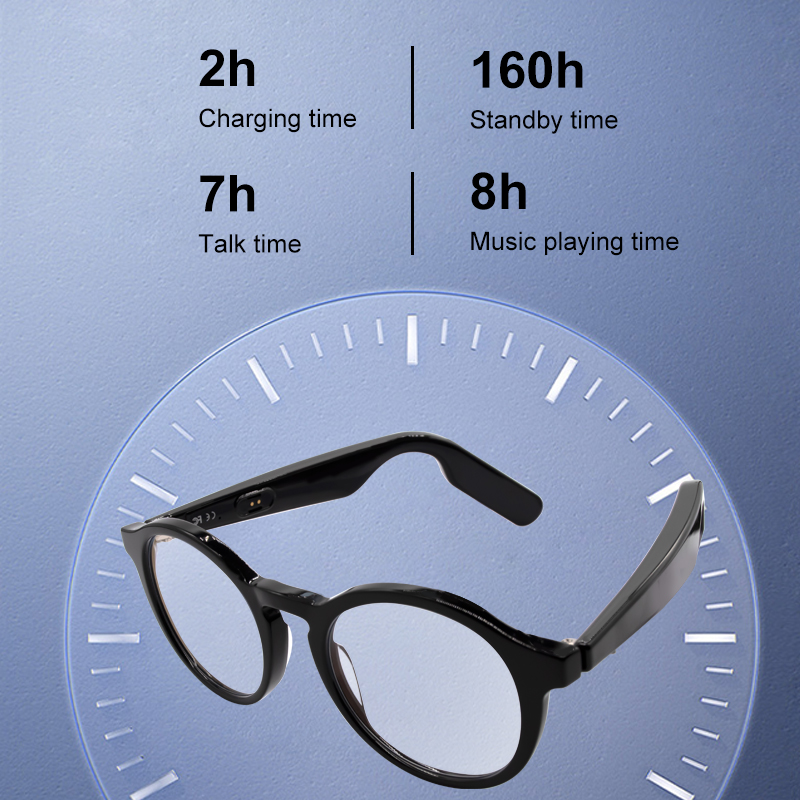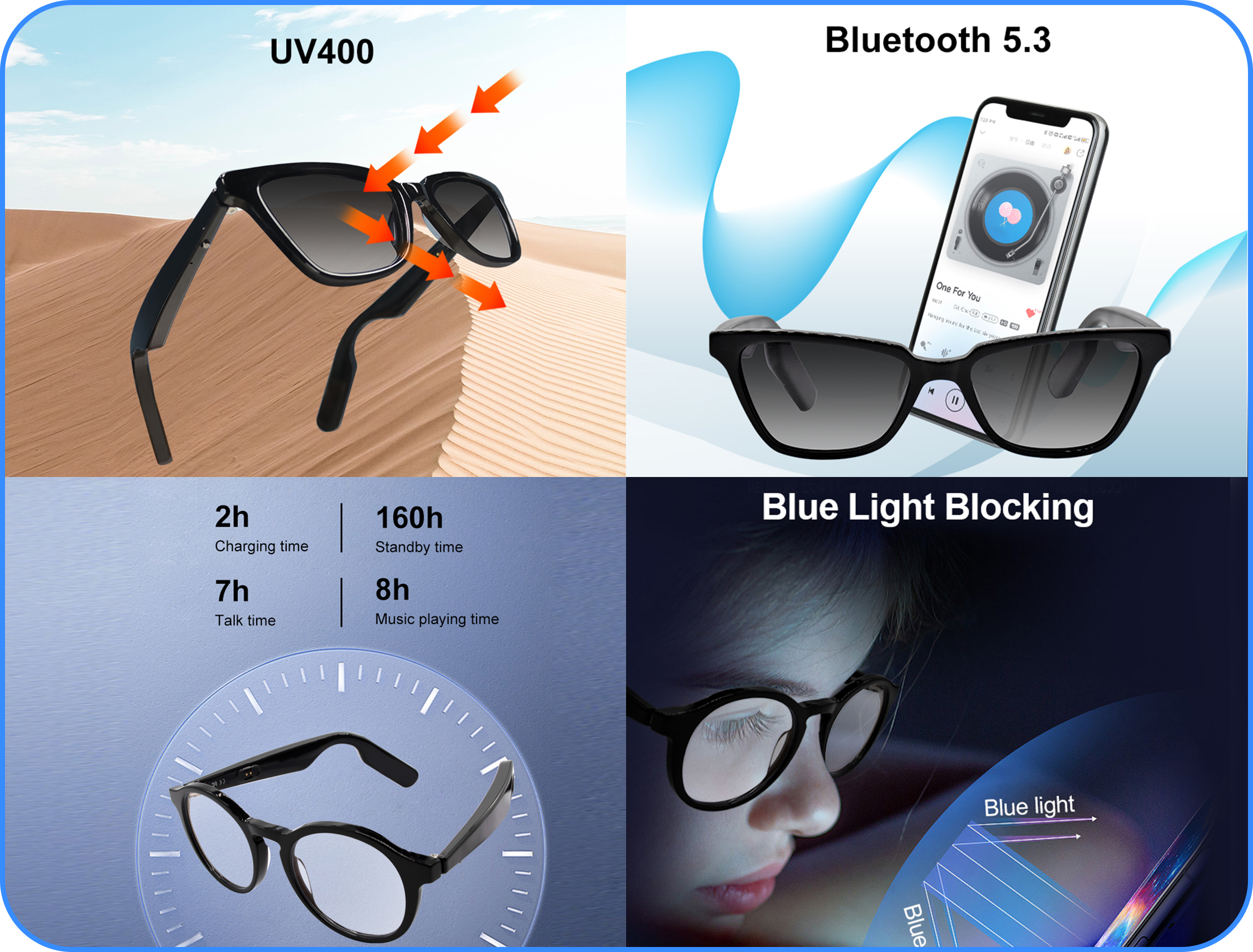- Select Language
The N60 PDA is a cutting-edge device for inventory...
AR smart glasses are evolving from concept products to usable consumer and enterprise devices. For businesses and individuals considering purchasing or investing, a clear understanding of the price range, key factors influencing price, and market trends over the next five years can significantly improve the quality of their purchasing decisions and their ability to manage risk.

I. Products and Mainstream Price Ranges in 2025
Currently, AR smart glasses on the market can be roughly divided into four price tiers, each catering to different user groups and scenarios:
Entry/Lightweight (US$100–US$300)
Main Features: Audio + basic notifications, weak AR overlays or simple lens-based projection, targeting sports, travel, and first-time users.
Mid-End Consumer (US$300–US$800)
Main Features: Micro-OLED/high-quality display, basic spatial recognition, camera, and long battery life, suitable for content consumption and light office work (such as the Xreal series). For example, some Xreal/XREAL models are positioned in this price range. XREAL US Shop
High-End Consumer/Prosumer (US$800–US$2,500)
Key Features: Larger field of view, lightweight materials, strong local processing and AI capabilities, suitable for creators and mobile office use.
Enterprise/Professional (US$2,500+)
Key Features: High-precision spatial mapping, depth sensing, enterprise software integration, durability, and long-term operation (such as some HoloLens/professional mixed reality devices).
Example: Mainstream reviews and retail channels show that by 2025, mid-range and high-end products with excellent displays and supporting ecosystems (such as some popular consumer models) will tend to fall in the US$600–US$1,500 range.
II. What Factors Determine the Price of AR smart glasses?
1. Optics and Display Technology — Waveguide, Micro-OLED, LCoS, and optical coatings determine cost and display experience; high brightness and high resolution significantly increase costs. 2. Sensors and Positioning Capabilities — Depth cameras, SLAM support, and 6DoF tracking elevate devices from "simple display" to "precise AR," significantly increasing costs.
3. Processor and AI Capabilities — Local AI accelerators/dedicated SoCs can reduce cloud reliance, but also increase hardware costs.
4. Battery and Thermal Management — Longer battery life and stable performance require more complex power and cooling solutions.
5. Software and Ecosystem (Licensing/Platform) — Enterprise-level integration, developer support, and security compliance (e.g., enterprise certification and custom firmware) can significantly increase the price and ongoing service fees.
6. Design and Comfort — Lightweight materials, prescription lens support, and stylish appearance all drive premium prices.

III. Market Size and Growth Forecast (2025–2030)
Forecasts for the next five years vary among different institutions, but the overall consensus is high growth:
Grand View Research estimates that the smart glasses market will be valued at approximately US$1.93 billion in 2024, with high growth expected from 2025 to 2030 (most reports indicate a significant compound annual growth rate).
MarketsandMarkets/PR reports also indicate a CAGR of 20%–30% from 2024 to 2030, estimating the market could reach billions of dollars by 2030 (see the publication for specific figures).
Industry releases and press releases (such as GlobeNewswire) offer more optimistic growth forecasts for the AR smart glasses, suggesting that starting in 2025, the market could approach or exceed the multi-billion dollar mark by 2030 (variations due to different research calibers and segmentation).
Interpretation and Integration: Multiple industry studies (with varying methodologies and coverage) consistently indicate:
Enterprise/industrial scenarios (remote assistance, maintenance, and healthcare) will be the first to achieve commercial scale;
Consumer adoption will experience a second wave of growth after the emergence of affordable and useful products (such as seamless video and low-cost AR displays);
Therefore, from 2025 to 2030, the overall market will shift from enterprise-driven to a dual-driven model of enterprise and consumer adoption.
(Note: Baselines and definitions vary significantly between studies—when drafting business plans or proposals, it is recommended to base detailed budgets and sensitivity analyses on one or two paid research reports.)
IV. Regional and Industry Adoption Pace
North America and Europe: Regulations, enterprise procurement capabilities, and a well-developed developer ecosystem prioritize enterprise/healthcare/manufacturing adoption in the short term.
Asia Pacific (China, Japan, and South Korea): Hardware manufacturing and rapid iterations lead to faster price declines on the consumer side; some manufacturers are accelerating adoption through subsidies and channels. Industry Priorities: Manufacturing and Logistics (warehouse picking, quality inspection), Remote Services (Operations and Maintenance), and Healthcare (education and remote consultation) will be the areas that will achieve initial ROI.
V. Price Trends and Procurement Recommendations (for B2B and Retail Buyers)
Price Trends
Short-Term (2025–2026): High-end enterprise and flagship consumer models will maintain high prices; mid-range models (with compromised functionality and display) will dominate sales.
Mid-Term (2027–2028): Large-scale production and declining optical/chip costs will drive the mid-range downgrade, significantly improving the entry-level experience.
Long-Term (2029–2030): Price stratification will become clearer, with some basic AR smart glasses features available for less than US$200 (if successful integration of manufacturing and content ecosystems is achieved).
B2B Procurement Recommendations
Clearly define the use case and KPIs: Start with a small-scale pilot (POC) and measure ROI based on actual work order time, error rates, and training time; avoid relying solely on "number of devices" as the sole criterion. Assess the ecosystem and long-term support: Focus on the vendor's SDK, enterprise integration capabilities, firmware update frequency, and data security mechanisms.
Negotiate delivery and service terms: Strive for a 12-24 month SLA that includes firmware updates, replacement parts, and training; enterprise procurement should consider a complete solution (hardware + software + cloud services).
Calculate total cost of ownership (TCO): In addition to the unit price, estimate maintenance, content development, training, and data compliance costs.
VI. Risks and Uncertainties (What You Need to Focus on)
Lack of Core Content/"Killer Apps": The accelerated adoption of hardware depends heavily on applications that truly address pain points (such as customized software that can significantly save costs within the industry).
Privacy and Compliance Pressures: Regional regulatory differences may increase deployment difficulties (especially for devices with camera/recording capabilities).
Supply Chain and Component Price Increases: Shortages of Micro-OLEDs, specialized optical components, and AI chips will drive up prices in the short term.
User Experience: Excessive weight, short battery life, or poor software experience will impact repeat purchases and word-of-mouth.

VII. Conclusion (Brief Advice for Buyers, Product Managers, and Investors)
If you are an enterprise buyer: Prioritize AR smart glasses solutions that can deliver clear efficiency improvements (e.g., reducing errors and increasing first-time fix rates); leverage pilot data and thoroughly analyze total cost of ownership (TCO).
If you are a cross-border wholesaler/retailer: Focus on mid-range wearable experiences (US$300–US$800) and package them with content/accessory ecosystems to increase average order value.
If you are an investor or product manager: Focus on vendors with strong hardware and software integration capabilities (those that can provide SDKs, enterprise integration, and customization services), as well as teams with expertise in optical and low-power AI chips.